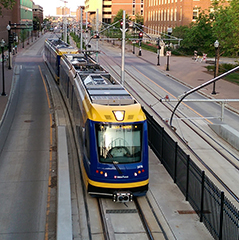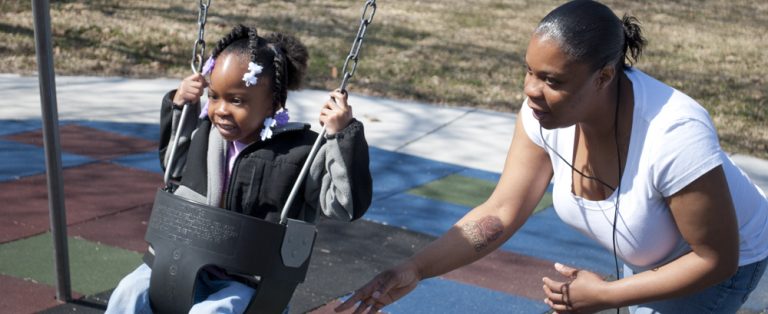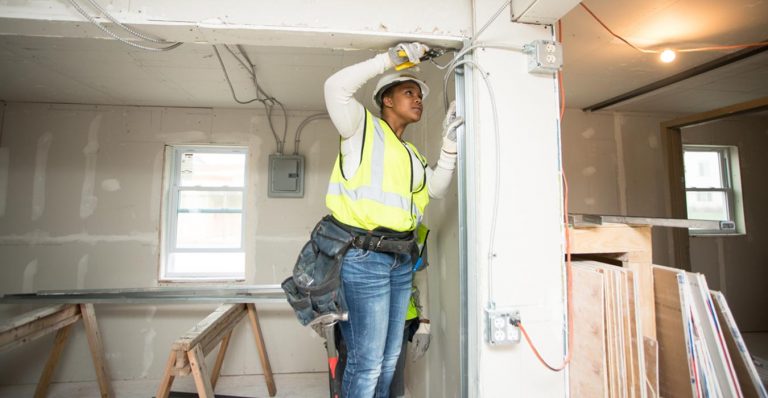 Living Cities works with the world’s largest foundations and financial institutions to build a new type of urban practice that addresses both physical and human capital issues, from affordable housing creation along transit corridors, education reform, and youth recidivism, designed to improve the lives of low-income people.
Living Cities works with the world’s largest foundations and financial institutions to build a new type of urban practice that addresses both physical and human capital issues, from affordable housing creation along transit corridors, education reform, and youth recidivism, designed to improve the lives of low-income people.
Living Cities selected Minneapolis/St. Paul’s Corridors of Opportunity as one of the five original The Integration Initiative (TII) sites in 2010. The Initiative began with the promise of transforming the lives of low-income people and the communities in which they live in cities across the country. The site partners took a different approach to community development by building cross-sector tables and combining philanthropic grants with capital investments. The Integration Initiative work in Minneapolis/St. Paul was particularly focused on the development of what would become the Green Line light rail system.
Through its work on the Green Line, Corridors of Opportunity was able to ensure that low-income people had a say in transit and economic development planning in the region. During construction, Corridors of Opportunity supported minority and immigrant owned businesses along the Green Line and ensured that almost 400 of them stayed in business to benefit from the development once the project finished. It also worked to change a misguided federal policy to ensure that the Green Line would have stops in minority areas. Using a Living Cities loan, Corridors of Opportunity was able to invest in over 450 units of affordable housing along the Green Line. Now that the Green Line has opened, Living Cities’ work has shifted to support the development of an “equity frame” which ensures that the region develops to benefit low-income people and people of color.


